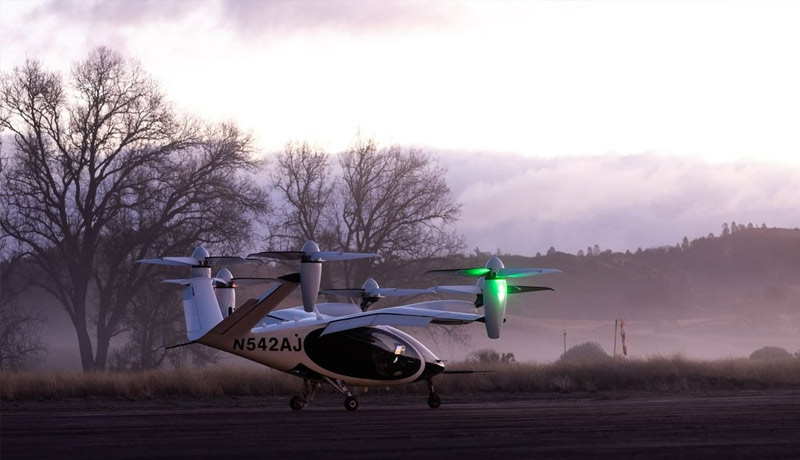
NASA has begun testing a potential air taxi that might soon be transporting goods and commuters around busy cities, reducing traffic congestion.
Joby Aviation, a California startup, invented the all-electric vertical takeoff and landing (eVTOL) aircraft, a helicopter with six rotors. It is built to be as quiet as possible to blend in with the city’s activities without bothering inhabitants.
NASA and Joby Aviation will fly the aircraft at Joby’s Electric Flight Base near Big Sur, California, for the two-week test campaign, part of the space agency’s Advanced Air Mobility (AAM) National Campaign. During this campaign, NASA engineers will concentrate their efforts on determining the helicopter’s noise output to collect data that will aid in the development of a future regulatory framework governing the usage of such vehicles in urban areas.
In a statement issued by NASA, Joby Aviation founder and CEO Joe Ben Bevirt remarked, “NASA’s AAM National Campaign is vital to increasing scientific knowledge and public acceptance of eVTOL aircraft.” “We’re tremendously proud to have worked alongside with NASA on the electric flight for the past ten years and to be the first eVTOL firm to fly as part of the campaign,” said the company.
In this campaign, NASA engineers will use the Mobile Acoustics Facility, which consists of over 50 pressure ground-plate microphones set in a grid array, to monitor sound emissions throughout various helicopter flight phases carefully. This information will be useful in comparing the noisiness of Joby’s eVTOL to that of traditional helicopters, drones, and other aircraft to evaluate how it would affect background noise in urban areas.
“We focused on developing an airplane that not only has a shallow noise profile but also fits flawlessly into the natural environment from day one,” Bevirt said in a statement issued by Joby. “We’ve always believed that having a small acoustic imprint is critical to making aviation a practical part of everyday life without jeopardizing the quality of life, and we’re pleased to fly alongside NASA, one of our long-time collaborators in electric flight, to display our aircraft’s acoustic profile.”
The six-rotor blades on the plane were meticulously constructed to reduce noise. During takeoff and cruising, the rotors may vary their tilt, rotation speed, and blade pitch separately to lessen the blade vortex that causes the classic helicopter sound.
“NASA’s plans to speed the AAM industry schedule include the National Campaign Developmental Testing,” NASA AAM mission integration manager Davis Hackenberg said in a statement. “These test scenes will assist the progress of the industry in incorporating AAM vehicles into the airspace by identifying holes in current regulations.”
According to a statement released by Joby, the all-electric helicopter can go up to 150 miles (240 kilometres) in a single flight and reach speeds of up to 200 mph (320 kph). The company, which just went public on the New York Stock Exchange, has been flying full-scale prototypes since 2017 and has completed over 1,000 test flights. Joby said in a statement that it aims to obtain FAA certification in 2023 and start commercial passenger operations in early 2024. Joby’s plane is the first to be examined as part of NASA’s effort, marking a significant step toward a future in which air taxis can safely zip over congested cities while being wholly integrated into the national airspace.

This story is attributed to Nelson Ikechukwu Nworie. Nelson Ikechukwu Nworie is a specialist in digital marketing and business development. He is highly skilled in content creation, social media designing, lead generation, and identifying new digital ideas. Nelson is a team player, an active thinker, and an open-minded personality who tackles work with a positive mindset.
